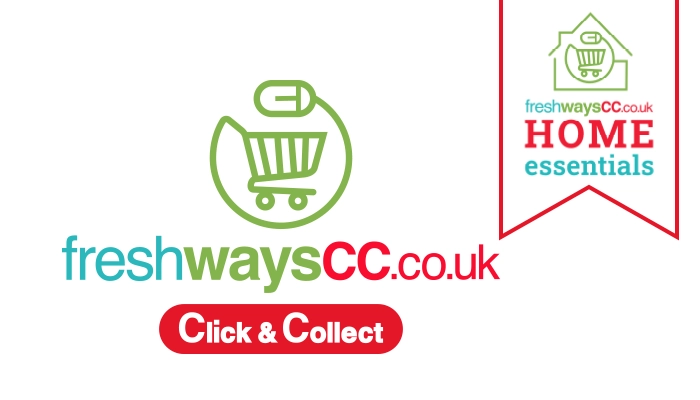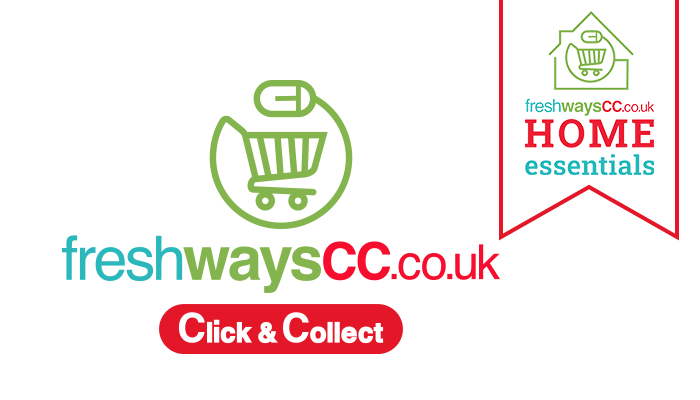In today’s digital age, embracing technology and making your wholesale business digital is no longer just an option—it’s a necessity. As a food wholesaler, transitioning your operations to a digital platform can bring numerous benefits, including improved efficiency, broader reach, streamlined processes, and enhanced customer experience. In this blog post, we will explore step-by-step how to make your food wholesale business digital, ensuring a successful transition and paving the way for future growth.
What is Digital Wholesale Business?
A digital wholesale business refers to a wholesale enterprise that has fully embraced technology and operates primarily through digital channels. It involves conducting wholesale transactions, managing operations, and serving customers through online platforms, e-commerce websites, and digital tools.
In a digital wholesale business, traditional manual processes, such as paper-based order forms and face-to-face interactions, are replaced by digital solutions, automation, and online communication. This digital transformation enables wholesalers to streamline their operations, enhance efficiency, and provide a seamless buying experience for their customers.
How to Make Your Wholesale Business Digital
1. Establish a Strong Online Presence:
Create a professional website: Invest in a well-designed, user-friendly website that showcases your products, pricing, and ordering information. Optimize it for search engines to improve online visibility.
Leverage social media: Utilize platforms like Facebook, Instagram, and LinkedIn to engage with your target audience, share product updates, and build a community around your brand.
2. Implement an E-Commerce Solution:
Select a robust e-commerce solution tailored to the specific needs of Food Wholesalers. Ensure it offers features such as product catalogue management, secure online payments, and inventory tracking.
Integrate a user-friendly ordering system: Implement an intuitive online ordering system that allows customers to browse products, place orders, and track their status easily. Offer features like personalized pricing, order history, and automated invoicing.
3. Optimize Inventory Management:
Utilize a digital inventory management system: Implement an inventory management software that helps you track stock levels, manage expiry dates, and streamline order fulfilment. This enables accurate inventory forecasting and minimizes wastage.
Embrace barcoding and scanning technologies: Barcode products and utilize scanning devices to streamline inventory tracking, reduce human error, and improve order accuracy.
4. Enhance Communication Channels:
Introduce a customer portal: Create a dedicated online platform where customers can access account information, view order status, and communicate with your team. This self-service feature enhances customer experience and reduces administrative tasks.
Utilize email marketing: Build a mailing list of existing and potential customers and leverage email marketing to share product updates, promotions, and industry news. Personalize communications to cater to different customer segments.
5. Opt for Digital Marketing Strategies:
Implement search engine optimization (SEO): Optimize your website and content to rank higher in search engine results. Target relevant keywords to increase organic traffic and attract potential customers.
Utilize pay-per-click (PPC) advertising: Run targeted PPC campaigns on search engines and social media platforms to reach a wider audience and drive traffic to your website. Monitor and optimize campaigns for better ROI.
6. Offer Value-Added Services:
Provide online product catalogues and specifications: Offer comprehensive digital catalogues with detailed product information, specifications, and nutritional data. This enables customers to make informed purchasing decisions.
Introduce recipe suggestions and food trends: Share recipe ideas, cooking tips, and information about food trends through your website and social media platforms. This positions your brand as a knowledgeable resource and encourages customer engagement.
7. Focus on Customer Service:
Offer responsive customer support: Implement live chat or a customer support ticketing system to provide timely assistance to customers. Respond promptly to inquiries, feedback, and complaints to maintain a positive brand image.
Gather and act on customer feedback: Encourage customers to leave reviews and provide feedback on your website and social media platforms. Use this valuable input to improve your offerings and address any issues.
8. Ensure Data Security and Compliance:
Invest in cybersecurity measures: Protect customer data, payment information, and confidential business data by implementing robust security measures. Utilize SSL certificates, secure payment gateways, and regular data backups.
Comply with data protection regulations: Familiarize yourself with relevant data protection laws, such as the General Data Protection Regulation (GDPR), and ensure your business operations adhere to them.
9. Continuously Evaluate and Improve:
Monitor analytics and key performance indicators (KPIs): Utilize web analytics tools to track website traffic, customer behaviour, and conversion rates. Monitor KPIs related to sales, customer satisfaction, and operational efficiency to identify areas for improvement.
Seek customer feedback: Conduct surveys or interviews to gather insights from customers about their experience with your digital platform. Use this feedback to make necessary adjustments and enhance user satisfaction.
Read More: How to Source and Select the Best Quality Ingredients for Your Cash and Carry Food Business
Conclusion:
By following these steps and embracing digital transformation, you can take your Food Wholesale business to new heights. Embracing technology and adopting a digital approach will not only streamline your operations but also help you reach a broader customer base, enhance customer satisfaction, and stay ahead of the competition. Embrace the digital revolution and position your food wholesale business for long-term success in the modern marketplace.










